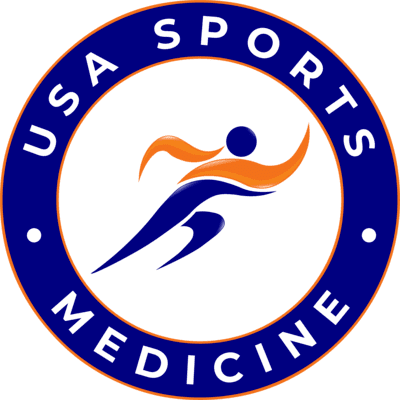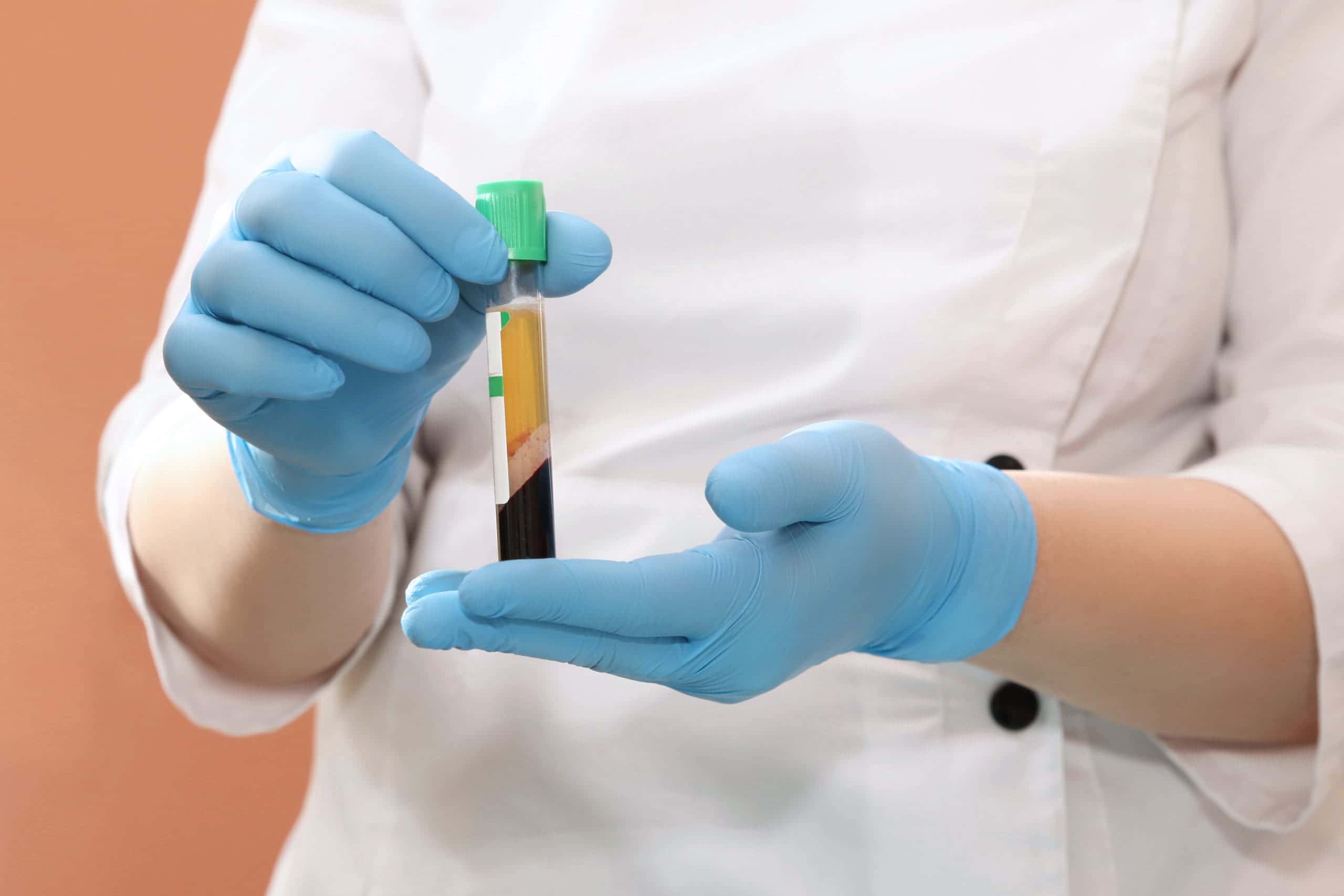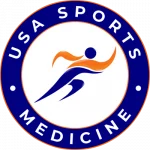Knee Pain. Shoulder Pain. Elbow Pain. Ankle Pain. Hip Pain. You want to stop suffering from these chronic conditions and get back to a pain-free and active lifestyle. At USA Sports Medicine, we can help. Famous athletes such as Tiger Woods, Kobe Bryant, Ryan Tannehill, and tennis star Rafael Nadal have all made headlines by turning to platelet-rich plasma therapy (PRP treatment) to help them recover from injury faster. The benefits of PRP injections are not just reserved for professional athletes! Doctors are now using PRP therapy and cellular-based therapy for many reasons.
PRP treatments essentially give the body the ability to heal itself through concentrating and amplifying natural growth factors it uses to repair tissue. While a PRP injection may not work for all conditions, there is an ever-expanding library of scientific studies showing that PRP therapy can play a role in the treatment of soft-tissue healing. What is PRP therapy, and is it something that could work for you? Below we answer some of the most common questions associated with PRP therapy and shed some light on this treatment option.
What is PRP (platelet-rich plasma)?
Our blood is made of 3 major components. Plasma in the blood is the liquid portion and makes up
about 50% of the volume. Other than plasma, our blood contains small solids, including red
blood cells, white blood cells, and platelets. Platelets, also called thrombocytes, are best known
for the important role they play in blood clotting and injury healing. Platelets hold, release, and
stimulate hundreds of proteins called growth factors that help with the healing of injuries.
Platelet-rich plasma is plasma with a higher concentration of platelets, and therefore growth
factors, than what is typically found in blood. The concentration of platelets in PRP should be 5
to 10 times greater than the normal circulating levels. Another way to think of PRP is plasma
RICH with healing factors.
How Does PRP Therapy Work?
In platelet-rich plasma therapy, we inject the patient with PRP from their body. First, we draw
blood from the patient, similar to a standard blood draw at the doctor’s office. From there, the
platelets are separated and isolated from the other components of the whole blood. Once the
processing is complete, the PRP is injected directly into the tissue of the injured area and
surrounding tissues using image guidance. The PRP activates when in contact with the injured
tissue and releases growth factors that will increase and stimulate the number of reparative
cells your body produces.
What Conditions Can Be Treated with a PRP Injection?
PRP injections can treat a multitude of areas and conditions. PRP is frequently utilized as a part
of a beauty regimen (think PRP facial), in wound care for poorly healing wounds, for sexual health
(vaginal or penile rejuvenation), and orthopedic injuries. The rich and concentrated content of
growth factors helps speed up the healing process of injured ligaments, tendons, muscles, and
joints. Specific orthopedic conditions that can be treated with PRP include:
- Tendonitis/chronic tendon injuries such as tennis elbow, golfer’s elbow, Achilles tendonitis, and
rotator cuff sprains, and impingement syndrome. - Ligament and muscle injuries such as calf muscle tears (tennis leg), ankle sprains, AC joint
sprains in the shoulder, and Ulnar Collateral Ligament (UCL) of the elbow. - Osteoarthritis in the knees, ankles, hip, or shoulder.
- Back and spine conditions such as lumbar arthritis, ligament sprains or problems with the sacroiliac (SI) joint
Due to lower blood supply, structures such as ligaments, meniscus, and some tendons take a
longer time to heal. The lower blood flow to this area makes it difficult for the needed growth
factors to reach the area and facilitate healing. This makes PRP injections a great treatment
option, as we are injecting the growth factors directly where they are needed.
What Are the Side Effects of PRP Injections?
A PRP injection is an autologous treatment, meaning that everything that is put into the patient
was taken from the patient. Since we use only the patient’s own platelets there, are almost no
risks of adverse reactions. As with any injection therapy, the patient may experience temporary
pain, irritation, or bleeding near the injection site. Most patients resume normal activities
immediately after having their PRP injection. The entire process from blood being drawn to the
injection itself takes under an hour.
At USA Sports Medicine, we seek to treat patients conservatively, without surgery, whenever
possible. PRP injections serve as a minimally invasive treatment option for many patients to aid
in reducing or eliminating pain. PRP therapy is just one option we offer for the effective
treatment of injuries.
How Much Does a PRP Injection Cost?
Despite the benefits of PRP therapy and PRP injections, very few insurances cover the cost of
PRP injections. There is a growing body of evidence showing how effective these treatments
are. However, it will be some time before it is widely covered by insurance. Prices for the
treatments can vary from $600-$3000 per treatment.
Costs can vary based on the quality of PRP processing and equipment used, the skill and experience of the doctor performing the
procedure, and the use of image guidance when performing the injections. Some conditions
require multiple treatments, but many conditions in our practice improve with a single
injection.
To find out more about PRP therapy and the types of conditions it may effectively treat contact
USA Sports Medicine today at (305)479-2973. We look forward to helping you recover and get back to your
active lifestyle!



4 Responses
If some one desires expert view regarding blogging and site-building after that i
propose him/her to pay a visit this website, Keep up
the fastidious job.
buzzoid best vieagra cheap.
Great post. I used to be checking constantly this blog and I’m
impressed! Very useful information particularly the
last phase 🙂 I take care of such info a lot. I used to be looking for this particular info
for a long time. Thank you and good luck.
Great blog! Is your theme custom made or did you download it from somewhere?
A theme like yours with a few simple tweeks would really make my blog shine.
Please let me know where you got your design. Thanks a lot